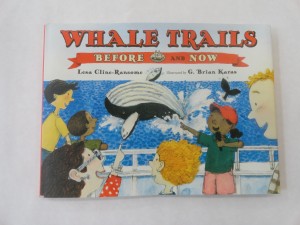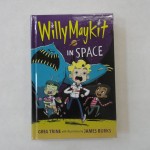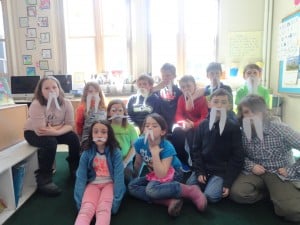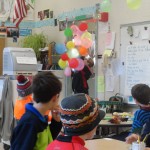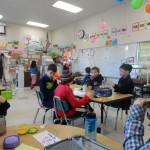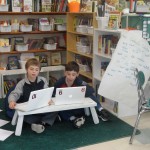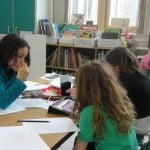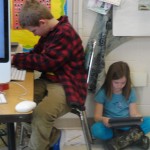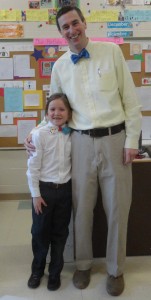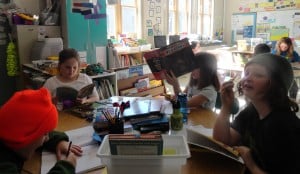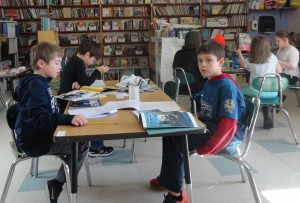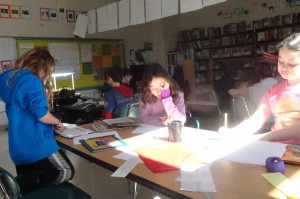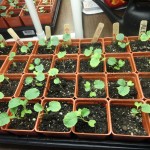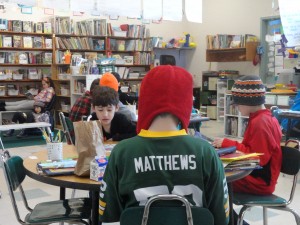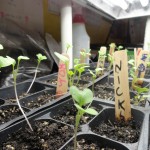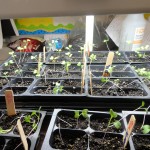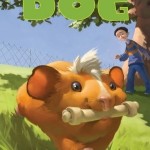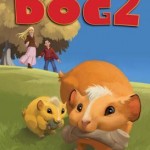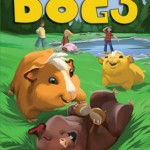 What a week! We can tell that spring will come for sure. There is still a lot of snow, but there is also a lot of sun and melting and mud. Change is in the air inside and out. We’ve changed our morning routine so that students self-select the learning center they will work at. That is requiring self-direction and cooperation. It has not gone smoothly. We hope we have a plan – we shall see.
What a week! We can tell that spring will come for sure. There is still a lot of snow, but there is also a lot of sun and melting and mud. Change is in the air inside and out. We’ve changed our morning routine so that students self-select the learning center they will work at. That is requiring self-direction and cooperation. It has not gone smoothly. We hope we have a plan – we shall see.
Smarter Balance Assessment
We are beginning this national assessment next Tuesday. As outlined in the letter last week, there will be three days of English/Language Arts testing next week and two days of Math testing the following week. Because these are all computer based tests the whole grade is taking them together. We are using the computers in the lab, the library and two of the classrooms. The children have practiced and know as much about them as they possibly can before we begin.
Please assure the children that their best effort is all that is required. It is very different from most things they are familiar with. Some of the children will likely see it as a fun challenge, while others will see it as a discouraging task. We will do all we can to move through the next two weeks smoothly and positively. A plus with this assessment is that children have as much time as they need to complete it. We have flexibility to meet children’s individual needs. Next week will be different, but we will definitely manage. Thank you for your support and continued encouragement at home.
Reading and Writing to Learn
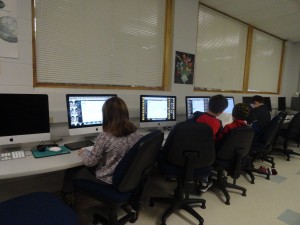 We’ve continued to record our daily answer to the question: “what have you learned or noticed in the last 24 hours?” To support this we’ve been reading a wide variety of nonfiction texts about animals, history and places. We’ve been looking at how authors have chosen to share information. Some share the information embedded in a narrative, while others organize the information in sections. Some books need to be read in order from start to finish, while others can be read section by section according to the information wanted.
We’ve continued to record our daily answer to the question: “what have you learned or noticed in the last 24 hours?” To support this we’ve been reading a wide variety of nonfiction texts about animals, history and places. We’ve been looking at how authors have chosen to share information. Some share the information embedded in a narrative, while others organize the information in sections. Some books need to be read in order from start to finish, while others can be read section by section according to the information wanted.
The writers in 3E are using that knowledge to plan and organize their own research writing about an animal from their state. Together we developed a definition of habitat and decided what kinds of information we would like to gather about each animal. We hope to have completed the research portion of this project in the next two weeks. After that choices will be made as to how the information will be written about and presented.
Writing to Discover What We Know
Ben and Tim launched a whole new way of writing in our classroom with their Pyramids series. While writing for two voices has been done before, it has taken our classroom by storm. There are many different groups – some two and some three – working together to write dialogue for stories that need to be read aloud. They are full of action and humor (a favorite 3rd grade trait – hoping for a laugh.) If you’d like to hear some of these pieces a few have been recorded and posted on blogs.
This writing takes a lot of cooperation and attention to audience. The texts require enough detail to be interesting and clear, but not so much that they become long and silly. The room is full of purposeful chatter during that portion of our writers’ workshop. The children share ideas back and forth or work on their independent pieces – some inspired by things they’ve done or pictures they’ve looked at. I know they are feeling good about what they are doing because our sharing time is getting longer and longer. There is a great deal of writing enthusiasm in 3E.
Subtraction is Getting Easier
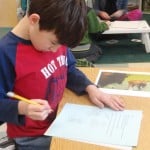
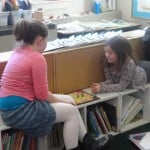 This week we have done a check in to see how we are doing with basic fact knowledge. We are checking progress with all four operations. The children chose how they wanted to take them – some chose most challenging first, while others saved that for last. Some children were totally overwhelmed by the timed aspect and so couldn’t show what they actually know. Regardless, they are all feeling as though they understand inverse operations. They know which facts are their personal challenges to work on and master.
This week we have done a check in to see how we are doing with basic fact knowledge. We are checking progress with all four operations. The children chose how they wanted to take them – some chose most challenging first, while others saved that for last. Some children were totally overwhelmed by the timed aspect and so couldn’t show what they actually know. Regardless, they are all feeling as though they understand inverse operations. They know which facts are their personal challenges to work on and master.
In addition to the fact check, math has been full of subtraction practice. Most of the children are working to add and subtract using the standard algorithm. They are working to regroup and trade. We’ve been working through the challenge of zeros. As you’ll see from the work in this week’s folders, progress is being made.

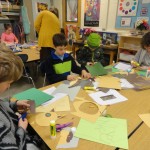
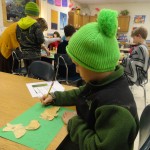
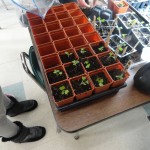 Bits and Pieces –
Bits and Pieces –
- Our S.E.L. focus this week has been self-responsibility and making good choices. Please talk to your child about how they feel they are using their learning time in the classroom. Do they feel they could focus more? Do they feel they could be more aware of how they choices affect both their own progress and the progress of others?
- We had a great day of snowshoeing on Tuesday. It was a glorious day. Everyone’s snowshoes stayed on for the entire walk. It was great to be out in the woods.
- We have completed the second transplant of our broccoli. In a few weeks we’ll have some plants for the children to bring home and some that we’ll put in 1-foot gardens in the greenhouse that we hope will produce food for our cafeteria.
- Term 2 Report Cards will be sent to you on Friday, March 20.

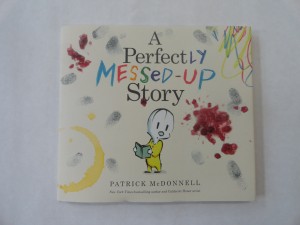 A couple weeks ago in my writing class we talked about “messing up” a poem. We used Battle Bunny as a model for that. This week when I went to the book store I realized that A Perfectly Messed-Up Story by Patrick McDonnell could also work like that. In this book the story is messed up by the reader who drops food in the book, spills juice and then reads with dirty fingers. I think we could have fun with this. Should we give it a try?
A couple weeks ago in my writing class we talked about “messing up” a poem. We used Battle Bunny as a model for that. This week when I went to the book store I realized that A Perfectly Messed-Up Story by Patrick McDonnell could also work like that. In this book the story is messed up by the reader who drops food in the book, spills juice and then reads with dirty fingers. I think we could have fun with this. Should we give it a try?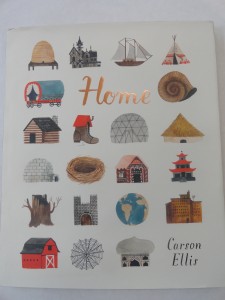 Home by Carson Ellis is simple, interesting and beautiful. In fact I think it gets more so each time I look at it and find new connections between the illustrations throughout the book. What homes would you notice? Would you think about “homes” for the things you collect and fill your workspace with or your room. Are homes more alike or different? What do you think?
Home by Carson Ellis is simple, interesting and beautiful. In fact I think it gets more so each time I look at it and find new connections between the illustrations throughout the book. What homes would you notice? Would you think about “homes” for the things you collect and fill your workspace with or your room. Are homes more alike or different? What do you think?